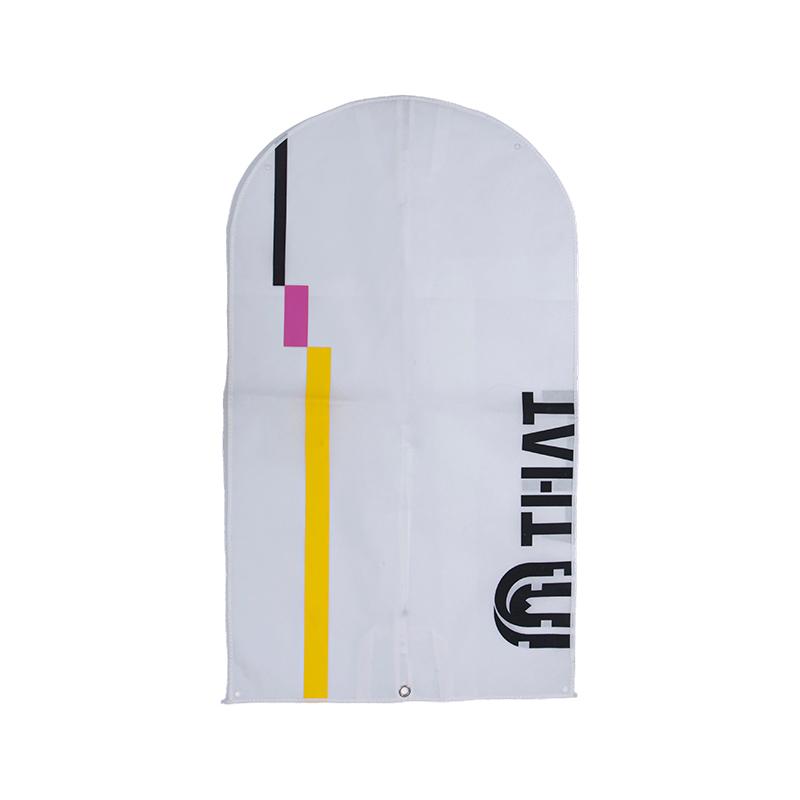The necessity of preserving clothing during storage and travel has established the garment bag as a fundamental accessory in both domestic and commercial contexts. This specialized bag is engineered to shield garments from dust, moisture, wrinkles, and other potential sources of damage that can occur during extended storage in a closet or transit through various environments. Unlike conventional luggage that crumples items into a confined space, a well-designed garment bag provides a dedicated hanging compartment, allowing suits, dresses, coats, and other formalwear to maintain their shape and integrity. The practical utility of a garment bag makes it a valuable tool for frequent travelers, dry cleaners, and anyone seeking to extend the lifespan and presentation of their valued clothing investments.
The construction of a standard garment bag focuses on combining protective materials with functional design. The exterior is commonly fabricated from durable, yet often lightweight, materials such as polyester, nylon, or vinyl. These materials offer a degree of resistance to abrasion and water, providing a first line of defense for the contents within. Many models feature a clear vinyl panel or full plastic window, allowing for easy visual identification of the enclosed clothing without the need to unzip the entire garment bag. The interior is typically a soft fabric, such as flannel or non-woven polypropylene, which is gentle on delicate fabrics and helps minimize static cling. A sturdy hanger, either built-in or accessible through a top opening, is a critical component, serving as the structural core that supports the weight of the clothing and prevents unwanted creasing.
The functionality of a garment bag is further enhanced by thoughtful details. Full-length zippers provide secure closure, while additional external pockets offer convenient storage for accessories like shoes, belts, or ties, keeping them separate from the main hanging compartment. For travel, some designs include handles or straps for carrying over the shoulder, and certain styles are compact enough to fold once a garment is removed for efficient storage. The selection of a specific garment bag depends on its primary use; a thick, padded version may be chosen for long-term storage in a dusty environment, while a sleek, lightweight and foldable garment bag is often preferred for short business trips. The consistent design objective across all types is to deliver reliable protection, making the garment bag a simple yet effective solution for managing and preserving clothing.
